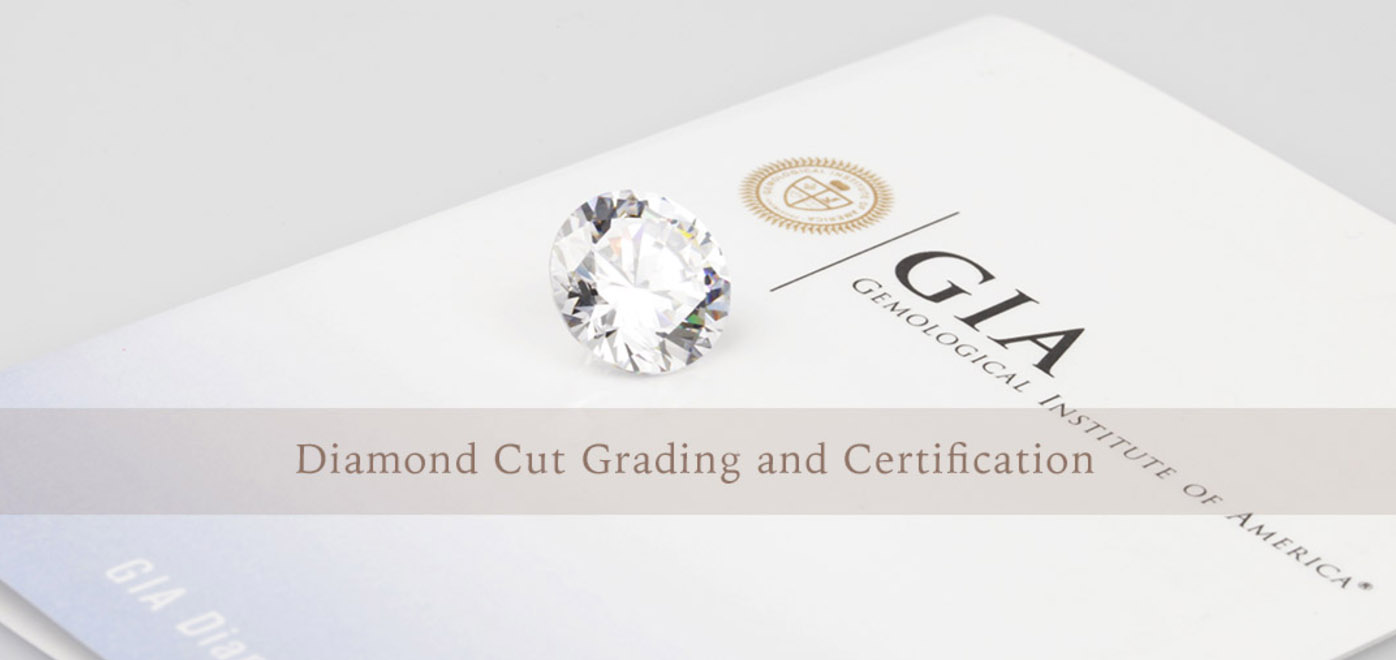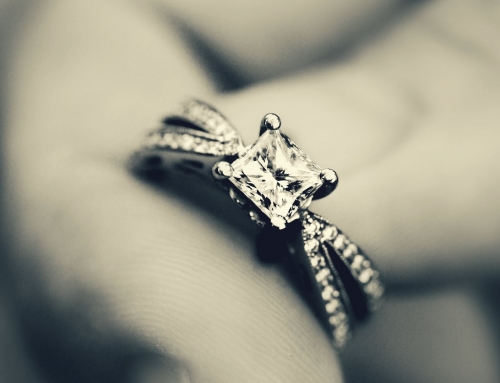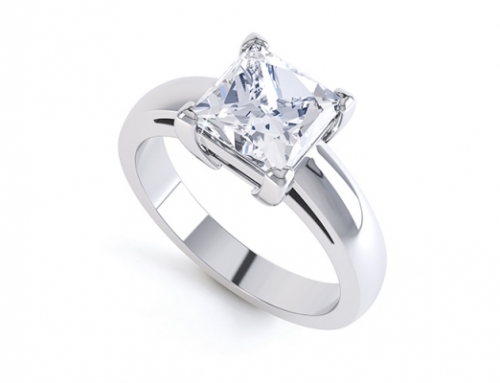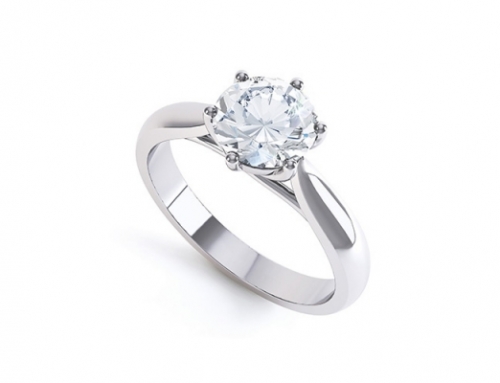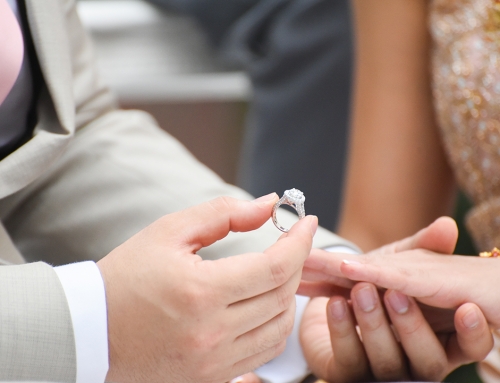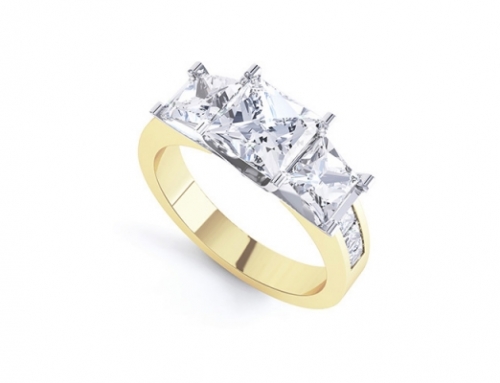Off the 4C’s that value a diamond – Cut, Colour, Clarity and Carat Weight, the Cut is probably the most under-estimated and yet has the biggest impact on the sparkle of a diamond.
But are diamonds cut for Certification or to obtain the maximum sparkle?
What is the importance of a diamond certificate in the purchasing process?
I often ask my customers whether they would purchase a diamond purely on the basis of its grading certificate, and universally the answer is a “no”. However, the irony is, when the same customers are shopping around for a diamond, they compare stones on the basis of the certificate – “I am getting a 1 carat Round Brilliant Cut diamond, F-colour, SI clarity, GIA certified excellent Cut, Polish & Symmetry, for $ / £…”.
What is the purpose of a diamond grading certificate?
The fact is that a diamond grading certificate, of which the most popular one being from the Gemmological Institute of America (GIA), is only meant to confirm the specifications of the diamond that have been advised to you by the salesperson. It is your record of the quality of the diamond that you have purchased or are intending to purchase.
It does not give valuable information on how sparkly the diamond is – in technical parlance, the brilliance, fire and scintillation – the optical properties of the diamond as a result of which the diamond may or may not be a sparkly stone. Even if it is a certified GIA Excellent Cut, Polish and Symmetry stone, it still does not confirm how sparkly it actually is. In fact, I have seen many GIA stones which are not Excellent Cut that have amazing sparkle. Conversely, I have also seen many GIA Excellent Cut graded stones which are in fact ‘heavy cuts’ and dull looking.
Why is cut grade important?
Out of the 4C’s which grade a diamond – being cut, colour, clarity and carat weight, the cut and correspondingly the carat weight, are the only ones influenced by man. The colour and clarity are a given factor with the diamond rough. Customers often assume that purchasing a higher clarity or colour diamond means that they are getting a sparkly stone – not true. The colour (and in the case of white diamonds colour actually refers to how ‘colourless’ the diamond is) and clarity merely add value to the diamond. Hence, the higher the colour and clarity the more valuable it is. I have seen many diamonds of a lower or average colour grade – say for example: H-colour, but they have amazing sparkle. And this is the influence of cut grade – how a rough diamond is cut and polished which will decide whether it sparkles or not.
The assumption is that a diamond is purchased because it sparkles which when set into a piece of jewellery – can then symbolise a certain special occasion – an engagement, a birthday, an anniversary and so on.
But in reality, the higher its carat weight – the more expensive it is. And therefore, cutting factories, diamond wholesalers and diamond retailers – all obtain a higher price for a bigger carat weight. It becomes natural that a diamond cutter will prefer to cut a heavy 1 carat diamond than, say, a 0.90 carat stone which is optically a lot better and sparkles much more.
The GIA have certain parameters whereby a diamond would be defined for Cut, Polish and Symmetry as Excellent, Very Good, Good, Fair or Poor. Once again, the popularity of the GIA Excellent Grade for Cut, Polish and Symmetry means that cutting factories prefer to cut their rough to get an Excellent grade certificate.
Do not get me wrong, this is not a total criticism of the GIA grading system. In fact, I too am a GIA Advanced Diamond graduate. However, I have also been privileged to meet, work for and learn from some highly respected and amazing minds in the industry as well.
Within the parameters of what the GIA define as an Excellent cut grade are stones which I would deem to be heavy cuts and optically not ideal as they leak light from under the stone. These would have much better light return from the diamond if the stone was cut a bit smaller.
The Ideal-Scope™
I use a device called Ideal-Scope™ to assist me judge the light return from a diamond. Ideal-Scope™ is an invention of Mr Garry Holloway FGAA, Dip.DT. and is now used by diamond cutters world-wide. It is a simple, bright coloured reflector with a viewing hole and lens. When you examine a diamond with it, the red areas indicate that the light is reflecting off the diamond back to the viewing hole (good). While the white areas indicate that the light is leaking through the bottom of the diamond (bad). And additionally, in some cases, you might see pale pink areas which means that while there is some light return from the diamond there is also light leaking through the bottom (See Figure 1).
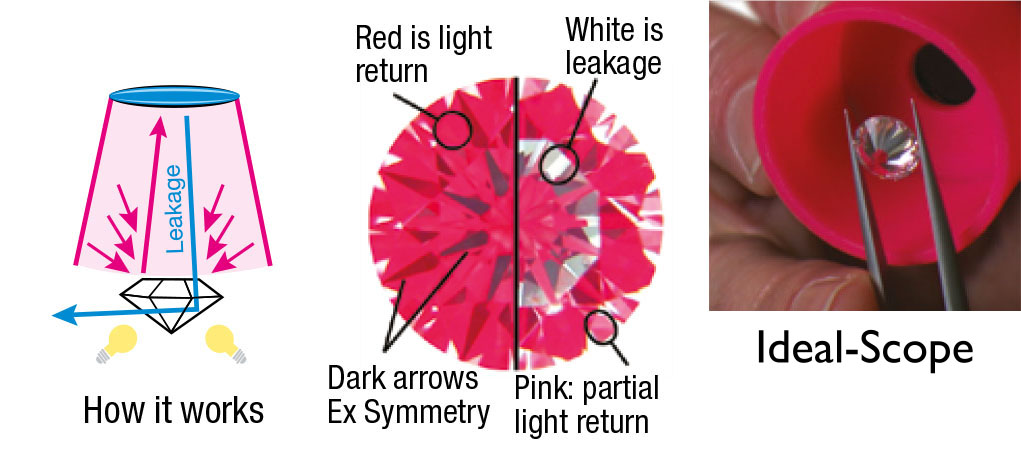
Figure 1: Ideal-Scope™ showing how it works and areas of light reflection and leakage
In Figure 2, there is a photo of a diamond certified by the GIA with its top grade – Triple Excellent – for Cut, Symmetry and Polish. Yet, when seen through an Ideal-Scope, the pale white ‘ring of leakage’ shows in the real life as a dull, dark area because there is no light return from the leakage area. Yet, if this diamond were to be reduced by approximately 10% in its depth, while leaving the diameter unchanged, it would make the stone a lot brighter. It would be good for the customer (and bad for the diamond cutter) because it would be a cheaper stone owing to the smaller carat weight and also a brighter stone.

Figure 2: a photo of a GIA certified Excellent Cut, Polish, Symmetry diamond and
its corresponding Ideal-Scope™ view showing areas of light leakage
There are a couple of qualifications to bear in mind when using the Ideal-Scope™. Firstly, in real life, we do not look at a diamond with one eye. We use both eyes and the impact of this is demonstrated in Figure 3.
In figure 3, on the extreme left is a shallow diamond which appears very dark through an Ideal-Scope™. The actual photo of the diamond confirms that it lacks contrast and will appear ‘dead’ to a face up observer. The shallow proportions result in the observer’s head obstructing much of the available light sources. In the middle of figure 3, is a much deeper diamond or ‘nail-head’ with a dark center. Much of the light from the table has come from the Ideal-Scope™ lens or in the case of the photo, from the camera lens. An observer’s head will have the same effect. The Ideal-Scope™ shows that the outer crown facets indicating strong leakage so these facets will look dark when the diamond is set; overall the stone appears dull and small for its weight. The diamond on the extreme right in figure 3, has a good balance of obstruction contrast and little leakage.1

Figure 3: demonstration of how the observer’s head can impact how 3 different types of diamond appear – shallow, deep and ideal cut
The second qualification to bear in mind when using the Ideal-Scope™ is that human “perception of both intensity and color (sic) is not digitally accurate.” The pink shaded areas of a diamond seen through an Ideal-Scope™ may appear to be half-way between red and white and hence, we assume that half the light is reflecting off the diamond (good) and half is leaking (bad). What we think may be 50-50 light return and leakage, in reality is more like 75% light return and 25% leakage. This has been demonstrated by Mr Sergey Sivovolenko of OctoNus.2
Summary
In summary, “the parameters advocated by GIA in their training course content is followed by many diamond manufacturers today. Many combinations of parameters allocated using these labs grades will not result in best light return. But stones cut to these parameters will result in better paper certificates. The major concern is that there are many other combinations of parameters which would have resulted in better light return / brilliance / fire, and a better yield. This would be a win-win situation both for the market, the end consumer and the manufacturer”.3
Fancy cut diamonds are assessed in a similar way by another tool called an ASET™ while the GIA and most other diamond laboratories do not yet have a measure for grading cut of fancy shaped diamonds; however, the American Gem Society (AGS) are grading some fancy cuts.
What does all of this mean for you and me – who wish to buy a beautiful sparkling diamond? In your diamond purchasing journey, do not compare two diamonds nor purchase a diamond solely on the basis of the certificate.
It has been demonstrated that a diamond certificate, regardless of which laboratory it originates from, does not give critical information on how sparkly the diamond actually is. For this you need to view the diamond(s) before purchase because every set of human eyes are different and our perceptions of what is a sparkly diamond will differ.
References
1 Holloway, G., “Interpreting Ideal-Scope™ Images”, Proceedings of the First International Diamond Cut Conference, Moscow, Russia, April 23-26, 2004, pg12.
2 Holloway, G., “Interpreting Ideal-Scope™ Images”, Proceedings of the First International Diamond Cut Conference, Moscow, Russia, April 23-26, 2004, pg11.
3 Mistry, J.A. DGA, Lexus SoftMac, India, “Cutting for Certificates or Cutting the Profit: A review on Indian Diamond Manufacturing”, Proceedings of the First International Diamond Cut Conference, Moscow, Russia, April 23-26, 2004, pg40.
Further reading
- Proceedings of the First International Diamond Cut Conference, Moscow, Russia, April 23-26, 2004
- http://www.ideal-scope.com
This article was published in the British online magazine:

